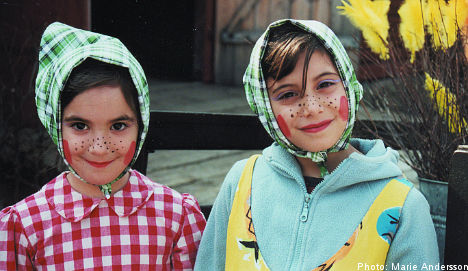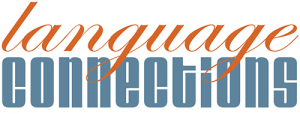Why the Egg?
In many cultures the easter egg is a symbol of new life, fertility and rebirth. It has become one of the most widely recognized Easter symbols, representing the rebirth of Christ as well as the coming of Spring. But the tradition of painting hard-boiled eggs during springtime actually pre-dates Christianity. Language Connections, a translation and interpreting services company, shares with you eight of the top Easter egg traditions and where they originated.
Scotland – Egg Rolling
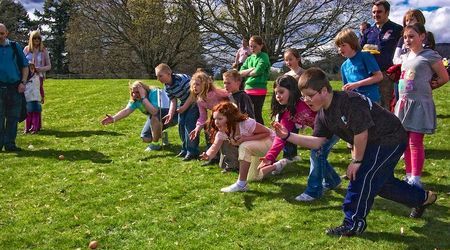 Although the Scots participate in many of the customs associated with Easter, they do have one tradition that is said to have originated in Scotland. On Easter Sunday, many Scottish families participate in an egg rolling contest. After they’re boiled and painted, the decorated eggs are taken to the park where they are rolled down a hill. The person whose egg rolls the farthest distance without breaking is the winner of the contest. Although it is generally considered a children’s game, egg rolling actually has a religious meaning: the rolling of the eggs down the hill symbolizes the rolling away of the stones on Christ’s tomb associated with his resurrection.
Although the Scots participate in many of the customs associated with Easter, they do have one tradition that is said to have originated in Scotland. On Easter Sunday, many Scottish families participate in an egg rolling contest. After they’re boiled and painted, the decorated eggs are taken to the park where they are rolled down a hill. The person whose egg rolls the farthest distance without breaking is the winner of the contest. Although it is generally considered a children’s game, egg rolling actually has a religious meaning: the rolling of the eggs down the hill symbolizes the rolling away of the stones on Christ’s tomb associated with his resurrection.
Germany – Egg Dance

In some instances to make the game more challenging the dancers are actually blindfolded. Another popular German custom is the Osterbaum or the traditional Easter Tree. A large tree or bush is decorated with eggs that have been painted to look like fruits. The decorated eggs symbolize the end of winter and the return of warmer weather.
Greece – Egg Tapping
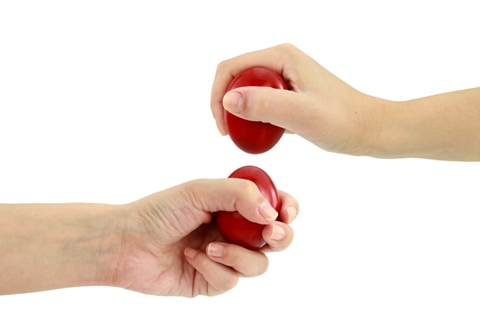
On Easter Sunday, a time known for big family gatherings and feasting, each person takes a dyed boiled egg (usually colored red) and taps the pointed end of their egg with that of the person sitting next to them. This continues until there is a winner i.e. the last person left with an egg that is still intact. The winner’s prize is good luck!
Sweden – Egg Roof Tile Rolling
Easter Saturday in Sweden begins with children dressing up as good witches and giving out cards in return for eggs and sweets. Decorated eggs are typically exchanged among family members and friends. Later, the eggs are used in a game where they are rolled down roof tiles held up at an angle on the floor. The object of the game is to see which egg goes the farthest. If someone’s egg gets hit by another person’s, the latter gets to keep both. Small twigs and branches of willow or birch are also a common sight in Swedish homes during the Easter holidays. Feathers and small decorations are placed on these twigs and displayed in a vase. This tradition is believed to go as far back as the 16th century in Sweden.
Argentina – Big Chocolate Egg
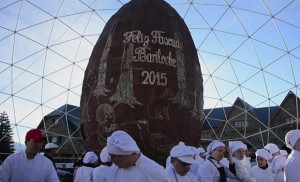
Most Argentinian families celebrate with an asado, or a feast of grilled meats typically including lamb and many savory dishes. Along with Easter cake, desert often consists of breaking into a big chocolate egg. As you can see, these chocolate eggs are big!
Mexico – Egg Showers

This Easter tradition was first introduced to Mexico by the Spaniards. During Marco Polo’s visit to China, he observed the filling of hollow eggs with perfumed powder and brought the custom back to Europe. Cascarones can also be traced back to the Italian Renaissance, when men tossed hollowed eggs filled with perfumed powder at the women they were courting.
United States – Easter Egg Hunt

Since 1987, the White House has hosted Easter egg rolling contests for the American public. The eggs are rolled across the South lawn using a stick rather than downhill as they are in Scotland. Previously, an estimated 30,000 people joined the first family on the White House lawn for the traditional Easter egg roll.
Ukraine – Egg Decorating
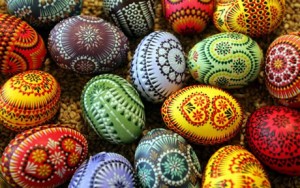
The museum is not only shaped like an egg (14 metres in height and 10 metres in diameter), but parts of the exterior and the inside of the dome have been painted to resemble one. Built in 2000, it is the world’s largest Easter egg and the only museum built for the sole purpose of displaying the beautiful Pysanka!
About Language Connections:
Language Connections is one of the top language service companies in the US. Over the last 30 years, we’ve focused on providing the best business translation services, interpreting services, as well as interpreter training and customized language training programs. In addition to top-tier corporate language training, we offer certified corporate interpreters and professional business translation services in 200+ languages. Our network includes linguists with backgrounds in all major industries. They’re ready to meet your needs, whether they’re for technical translation services, legal translation, government translation services, international development translation services, education translation services, life sciences translation, or something else. Reach out to us today for a free quote on our cost-efficient and timely translation services, interpreters, or other linguistic services.
Language Connections Inc.
2001 Beacon Street, Suite 105,
Boston, MA 02135
Phone: +1-617-731-3510
Email: service@languageconnections.com


